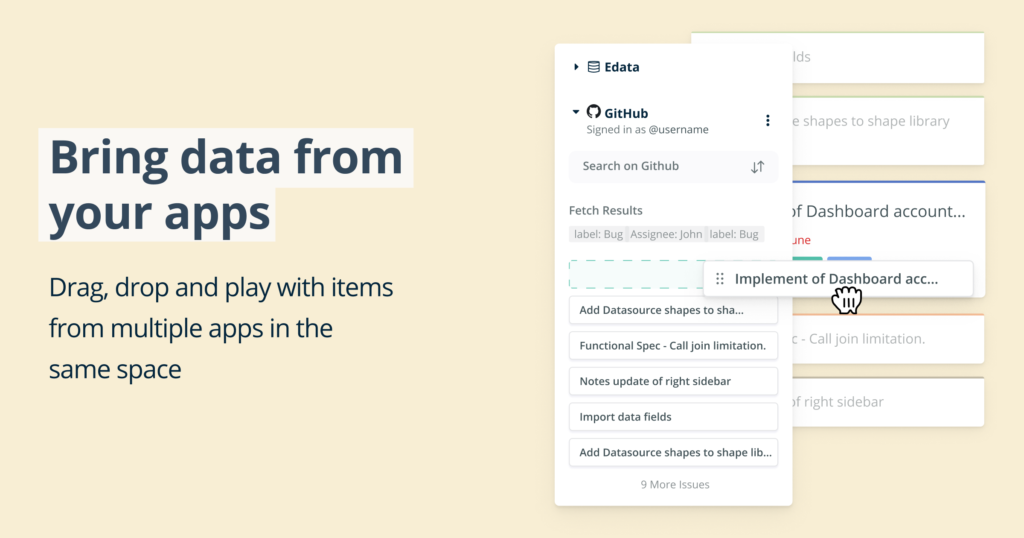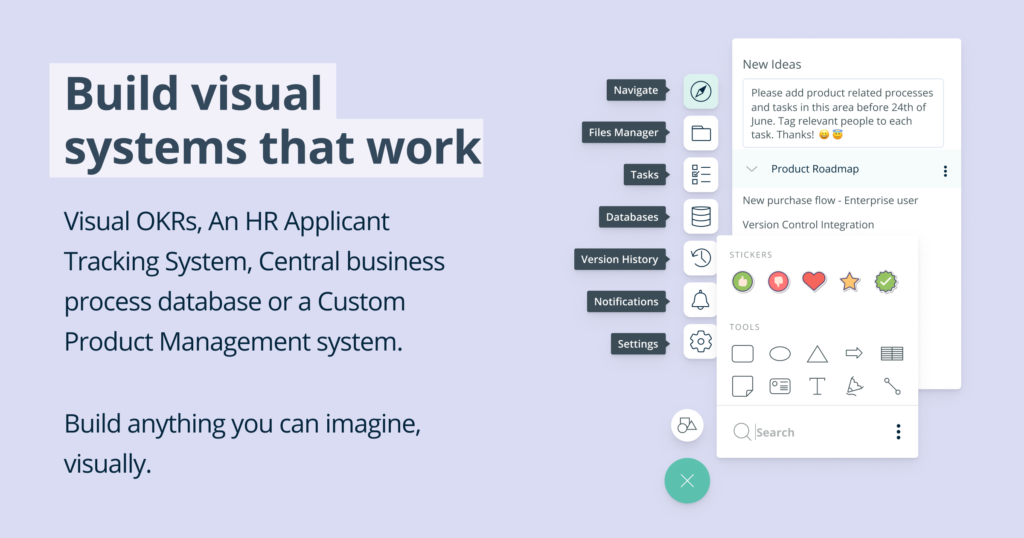Business Analyst versus Data Analyst: What are the key differences?
There are a few key differences between the business analyst versus data analyst roles. Business analysts tend to focus more on the big picture, while data analysts zoom in on the details. Business analysts also need to be good communicators, able to translate their findings to non-technical staff and solve business problems. Data analysts, on the other hand, need to be skilled in data mining and analysis although good communication certainly plays a role too.
Before we start discussing the differences in more detail, let’s define the roles. Then we will discuss some synergies that exist between them.
Understanding the role of a Business Analyst and a Data Analyst
Let’s start by defining these two roles:
- Business Analyst: A business analyst is somebody who analyzes an organization or business domain. They also documents its business or processes or systems, assessing the business model or its integration with technology.
- Data Analyst: A data analyst is somebody who collects, cleans, transforms, and models data. Their goal is to discover useful information, suggest conclusions, and support decision-making.
When you consider these two definitions you will be able to see the potential synergistic opportunities for these roles to complement each other.
Synergies between the roles
Both these roles requires the ability to analyse information in different contexts. It is probably safe to say that the business analyst’s role covers a somewhat wider spectrum of analysis at a business level than that of a data analyst. A business analyst may be the person coming to the data analyst with a business question that requires data analysis to be answered. The data analyst will be one to delve into the data available and help find the answer to the business question posed by the business analyst.
 For example, a data analyst might be brought in to help improve conversions on an ecommerce website. The data analyst would collect data on user behavior, such as how long users spend on each page, what pages they visit before and after purchase, and what products are most often purchased together. The data analyst would then analyze this data to look for patterns that could be used to answer the business question: what can be done to improve conversions on the website?
For example, a data analyst might be brought in to help improve conversions on an ecommerce website. The data analyst would collect data on user behavior, such as how long users spend on each page, what pages they visit before and after purchase, and what products are most often purchased together. The data analyst would then analyze this data to look for patterns that could be used to answer the business question: what can be done to improve conversions on the website?
As a result of this information provided by the data analyst, the business analyst might then suggest changes to the website layout, such as adding related products to the product page or including a call-to-action on the checkout page.
Now let’s continue by considering some key differences between these roles.
Key differences between the Business Analyst and the Data Analyst roles
The business analyst and data analyst roles are both important in an organization but there are key differences between the two.
Business analysts focus on understanding the business needs and facilitate the formulation of solutions and answers to these needs. Often the data analyst will support the business analyst by finding answers to key questions through data analysis and interpretation of data patterns.
Some other differences between these two roles include:
- The business analysts are focused on the business needs while data analyst focus on data.
- Business analysts use data to answer business questions while the data analyst find answers to key questions analysing data.
- The Business analyst focuses on the big picture while data analyst zoom in on the details.
- Business analysts need to be good communicators while data analysts need to be good with uncovering, sourcing and interpreting data.
Now that we understand the roles, their synergies and key differences, let’s discuss what are some of the core skills and attributes each role requires.
 Core skills and attributes
Core skills and attributes
We will start by considering the core skills and attributes that stands out for the business analysis role.
Skills and attributes for a business analyst:
- Good communication skills – this role should be confident in communicating with a wide variety of stakeholders, both to technical and non-technical people.
- Good problem solving skills – this role should enjoy uncovering layers of information in their quest to get to the root cause of a problem and then be able to come up with alternative solutions to that problem.
- The ability to think creatively – the business analyst needs to be able to see the bigger picture and think of out-of-the-box solutions to problems.
Now that we’ve covered three core skills and attributes for the business analysis role, let’s consider the same for the data analysis role next.
Skills and attributes for a data analyst:
- Technical skills – this role should be comfortable working with large data sets and have some programming skills in order to manipulate that data.
- Strong analytical skills – this role should be able to see patterns in data and understand how that data can be used to answer key questions.
- The ability to think logically – the data analyst needs to be able to break down a problem into smaller pieces and then use their analytical skills to solve that problem.
Both these roles also need to be able to work well under pressure and feel able to deal with a lot of ambiguity in their work.
We will conclude this comparison by considering the value that each of these roles bring to the organisation.
Business Value
Whilst both these roles are pivotal to the success of the organisation in their respective ways, it is worth summarising the value that each role brings to the organisation.
The value of a business analyst
A business analyst brings value to the organisation by improving processes and finding efficiencies. They work with a variety of people and departments to understand how the business works and identify areas for improvement.
The value of a data analyst
A data analyst brings value to the organisation by analysing data and finding trends and patterns. They help businesses make data-driven decisions that can improve the overall performance and outcomes produced by the business.
Conclusion
Now that you have a better understanding of the key differences, the potential synergies and skills and attributes for each of these roles, you can make a more informed decision about which direction you want to take with your career.
Learn more about the detail of what a Business Analyst do here.
If you enjoyed this article, please share it with others who might find it useful! Thank you for reading.
You can start a career as a Business Analyst from here!





